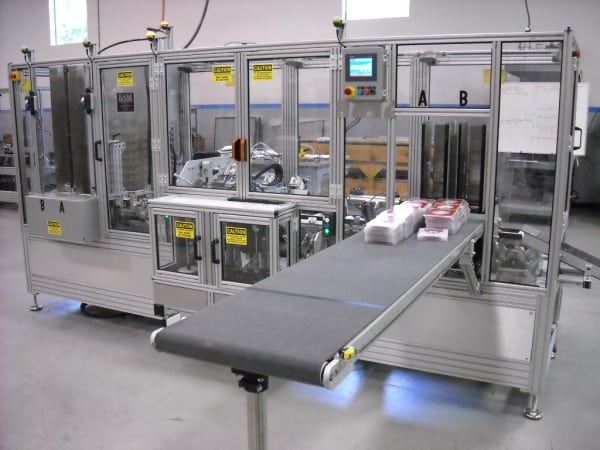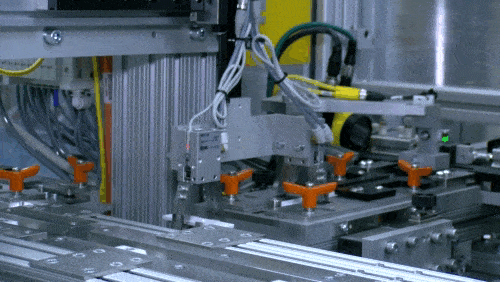Though the cobot, short for collaborative robot, was invented over two decades ago, demand for the unique technology has only taken off over the past few years. Today, there are many cobot applications found in a wide range of industries. Though still considered an emerging technology, by 2021 the market growth is expected to produce 150,000 units and reach $2 billion in sales.

What is a Cobot (Collaborative Robot)?
A cobot is an automated robotic technology designed to assist, interact, and work with humans in a shared or defined workspace within a manufacturing or industrial production environment. Industry is receptive to cobots in large part due to the technology’s ability to function in tasks once only achieved by humans.
Collaboration with humans is the prime distinction between the cobot and robot. Autonomous robots used in manufacturing function in isolation from human contact. Cobots have the capability to learn multiple tasks that directly assist humans, and also function interactively in close proximity to their human counterparts.
Safety is a priority with cobot technology. Design features include collision detection, inherent force feedback, even limitations on speed and force that allow them to share the same workspace with humans. Safety and efficiency are a driving force in the widespread application of collaborative robot technology.
Benefits of Cobots in Manufacturing
Because of the enhanced safety features of cobot technology, cobots have made production jobs that much better for industry and the people who labor in production. Humans can work alongside cobots without risk of injury. Cobot applications greatly improve performance and efficiency, too, which in turn improves job satisfaction and provides workers with a sense of achievement. Repetitive, laborious, mundane, and tedious tasks are now performed collaboratively by cobots beside humans. Not only has this increased production, but by removing workers from dangerous or harmful work, it has also reduced injuries on the job and improved worker retention. Collaborative interaction between humans and cobots has proven to be an effective relationship beneficial to industry and labor.
Examples of Cobots in Use

Though cobot applications continue to expand, three of the prime examples that cobots serve in manufacturing or production environments are Pick and Place, Packaging and Palletizing, and Quality Inspection.
Pick and Place factory jobs are those mundane, manual repetitive tasks performed by workers in factory environments. Mistakes are incidental to dull, routine jobs due to the repetitive motions without much thinking. Not only is human error likely, workers are often injured or strained by the repetitive tasks. Cobots enhanced with advanced vision systems perform pick and place tasks more efficiently, freeing workers to focus on completing work that requires critical thinking.
Packaging and Palletizing products are essential in preparation for shipping, but also in order to keep the production lines flowing. Products must be moved from the assembly line to a staging area where they may be shrink-wrapped, boxed and/or placed on pallets for shipping. Repetitive and tedious, but also laborious for workers, cobots can wrap, box and perform heavy lifting tasks quickly and effectively, and also relieve humans from the potential of injury.
